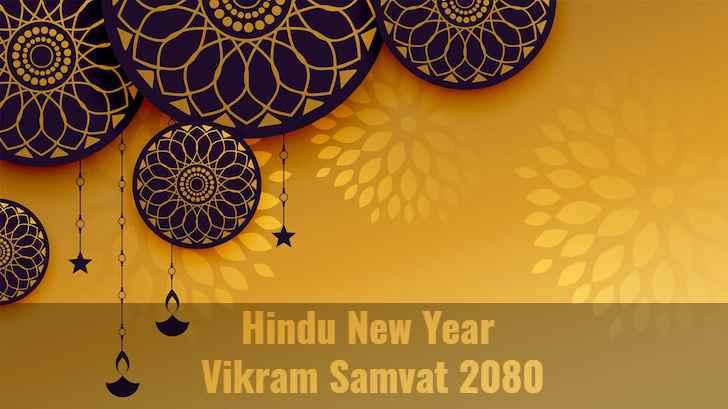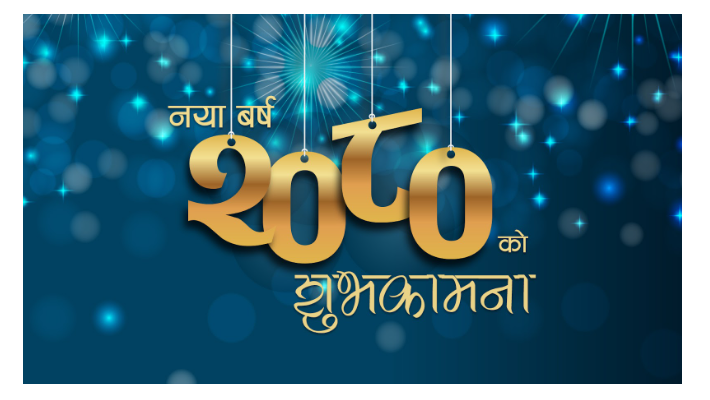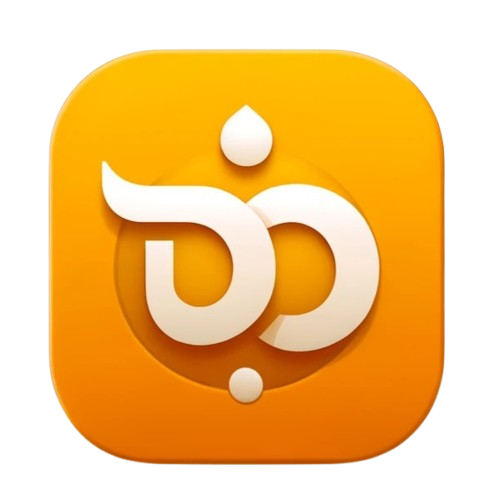Happy New Year Bikram Sambat 2080

Vikram Samvat, also known as Bikram Sambat or Vikrami calendar, is the historical Hindu calendar used in the Indian subcontinent and Nepal. The traditional Vikram Samvat calendar uses lunar months and solar sidereal years.
Bikram Sambat and Gregorian Calendar are two different systems used to measure time. Bikram Sambat is the official calendar of Nepal and is based on the Hindu calendar, while Gregorian Calendar is the most widely used calendar system in the world, named after Pope Gregory XIII, who introduced it in 1582. Both calendars have their own unique characteristics and significance.

Bikram Sambat is a lunar-based system, which is over 56 years ahead of Gregorian Calendar, where a month is based on the cycle of the moon. A year in Bikram Sambat consists of 12 lunar months, which adds up to around 354 days. The start of Bikram Sambat is based on the Nepali New Year, which falls on the first day of the month of Baisakh, which usually falls in mid-April. Bikram Sambat is deeply rooted in Hindu culture and is used for religious festivals and auspicious events.
On the other hand, Gregorian Calendar is a solar-based system, where a year is based on the cycle of the sun. A year in Gregorian Calendar consists of 12 months of around 30 or 31 days each, adding up to 365 days. Leap years are added every four years to keep the calendar in sync with the solar cycle. Gregorian Calendar is widely used for business, international affairs, and day-to-day life.
As we enter a new year, it's important to remember the value of time and the different ways it can be measured. Whether we follow Bikram Sambat or Georgian calendar, time is a precious resource that we must use wisely. Let us take this opportunity to reflect on the past and make plans for the future, while appreciating the cultural diversity that makes our world so rich and vibrant. May this new year bring us all peace, prosperity, and happiness, regardless of the calendar system we follow.
- Political Leaders
- Art & Crafts
- Dance & Music
- Sanatan Dharma
- Education & Training
- Food & Drinks
- Gaming
- Health & Fitness
- Home & Gardening
- Literature & Culture
- Love
- Medicine & Ayurveda
- Motors & Vehicles
- Movies & Cinema
- Parenting
- Politics
- Science & Technology
- Shopping
- Social Media
- Spirituality
- Sports
- War & History
- Yoga & Meditation
- Travel & Tourism
- Natural Disaster
- Business & Startups
- DIY & Home Decor
- Finance
- Personal
- News
- Pet Lovers
- Wild Life & Nature
- Podcast & Audio Books
- Poetry
- Law & Order
- Moral Stories
- Jokes & Humour
- Other

